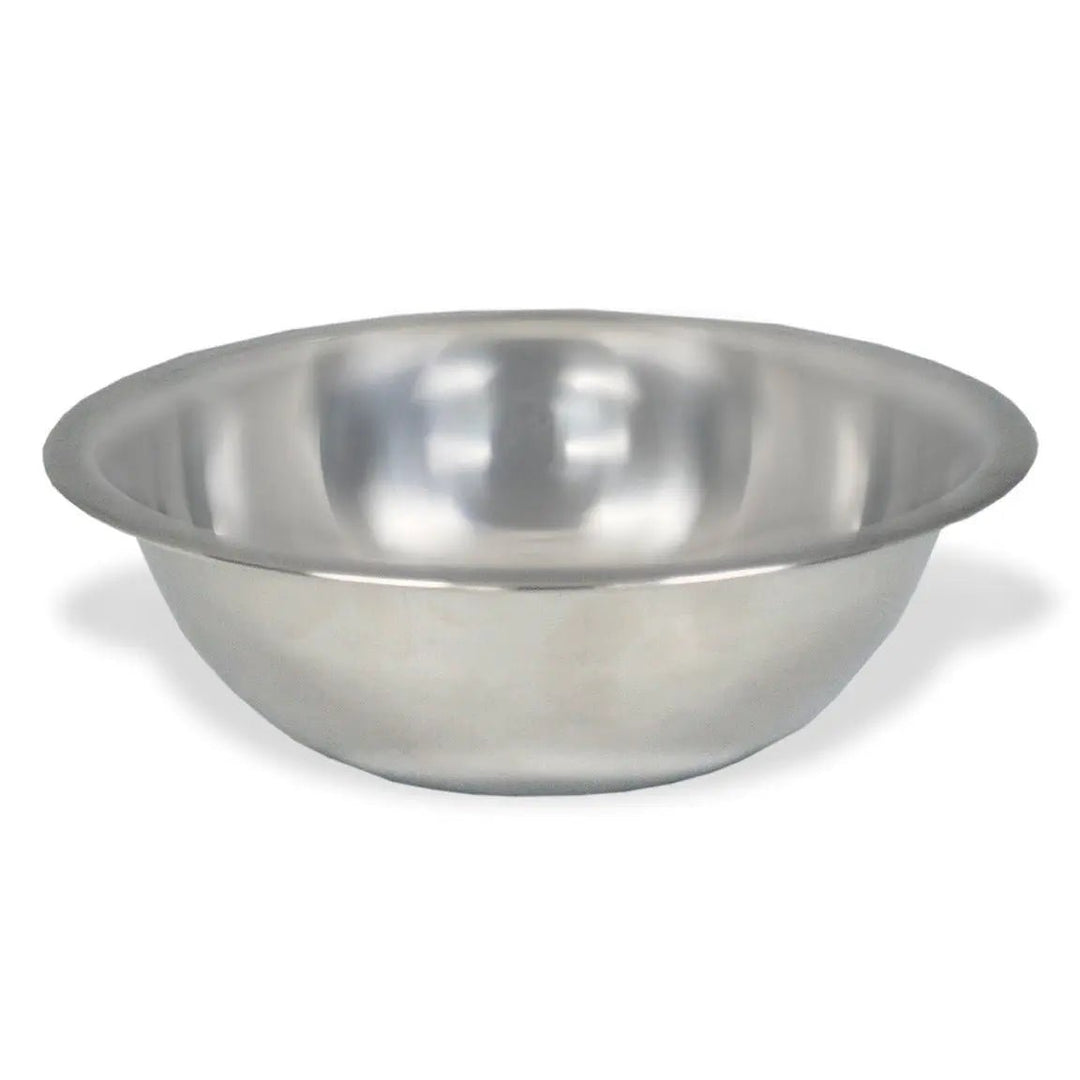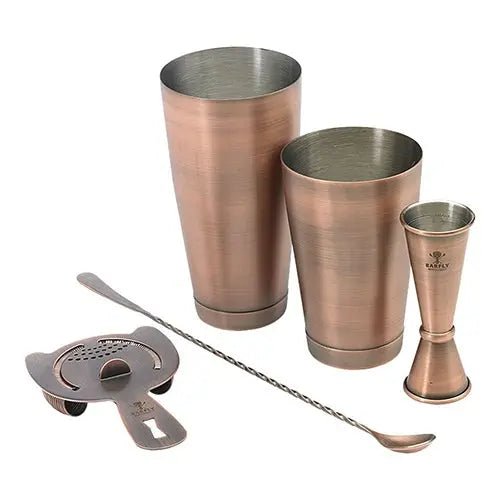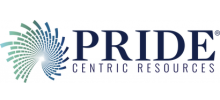7 Ways To Improve Your Bar’s Bottom Line
When running a bar, it’s the little things that can bring you wild success or dismal failure. Tiny mistakes that add up over time can lead to a huge deficit at the end, leaving you wondering where all the money went. Are you making the most out of your bar? Here are seven areas where you can improve your bottom line.
Move Your Product
If you sell beer or wine at your bar, it is important to keep these perishable alcohols moving just like any other food product. You don’t want to uncork a bottle for one customer and then have it sit for a month or two waiting for the next one to come along. Beer can skunk within a month. If it doesn’t sell, replace it with something that does.
If you’re a liquor bar, this isn’t as much of a concern. Liquor has a much longer shelf life than beer or wine. Thus, you can have some fancy top-shelf product for display and not worry about it sitting for months between servings. That said, you should have a mix of different types to meet the tastes of your clients.
Set Prices Correctly
One factor in moving your product is setting the right price. Alcohol is normally has a high markup, but if you go too high you’ll never get a regular clientele. Conversely, if you’re too low then your bar might be associated with low quality even if you serve good drinks. People expect to pay reasonably for good alcoholic drinks, so do your market research to find your pricing sweet spot.
Monitor Your Alcohol
This is the biggest factor in keeping your bar profitable. All of your alcohol should be priced by the ounce. There are electronic flow monitors, jiggers, fill spouts, and other devices to keep bartenders from putting in too much alcohol into their drinks. Even a tiny amount of overpour done over a long period of time can represent a huge loss. Using frozen beverage machines takes the pouring factor out of the scenario and makes creating great drinks easy, each and every time. Another way to reduce the amount of alcohol you use is to use glasses with thick bottoms or larger ice cubes. Little perceptual tricks like these make customers feel like they’re getting a full drink.
Watch for Theft
Going along with monitoring your levels, you have to watch for theft. Sadly, some bartenders do rob bars of liquor by nipping a little bit here and there. Scrupulous bars require bartenders to take inventory before and after their shift and to account for any missing alcohol. Some bars weigh bottles before and after to make sure there is no product missing. A few ounces here and there is normal, but if there is a consistent problem then you may want to observe the bartender’s pouring technique or investigate further to discover if someone is stealing liquor.
Get Employees Invested
A good employee wants to help their business make money. Help them get involved by sharing with them the costs of your bar and the targets you’d like to reach each month. Listen to their feedback and ideas on how they could help reduce the costs of the bar. Your employees are the ones in the trenches. They can see things that you cannot. An employee that gives good feedback is worth a lot.
Invest Back in Employees
Part of the skill of good bartending is constant training. Drink trends rise and fall, and the world of alcohol is very complex. Train your staff well in how to pull a draft, mix a drink, and how to explain your offerings to customers. Teach them how to subtly upsell to customers to pick a higher-quality alcohol. Cutting costs will only take you so far. You can make more money if you can pass on the skills of service and sales to your bar employees.
Energy Efficient Devices
All bars require energy to operate. Ice machines, dishwashers, refrigerators, and frozen beverage machines each have a cost to operate. If you have the capital, consider investing in energy efficient devices in your bar to save on energy bills. Look for Energy Star-labeled devices to guide your purchase decisions. Every bit helps your bottom line.
By implementing any one of these waste cutting measures, you are taking steps to streamline your bar’s operation. Those higher profits that you bring in give you more freedom to experiment with new offerings and seek ways to improve your bar even further.
























